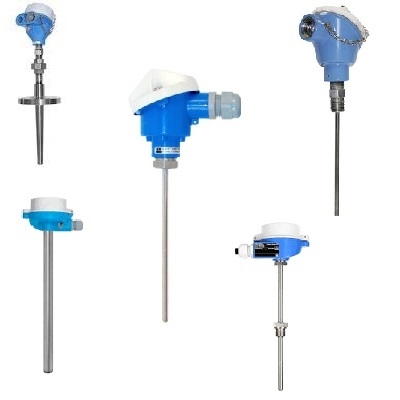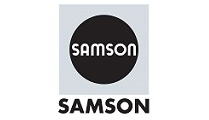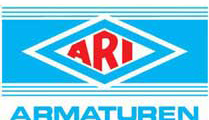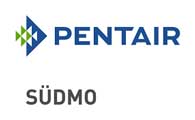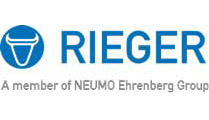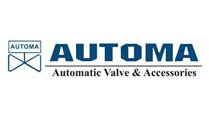High Temp.Thermometers
DECRIPTION
High temperature thermometers
High temperature thermometers for applications in many industries
In steel treatment, glass smelters, flue gas applications and in the brick and ceramics industries temperatures up to 1700 °C can occur. High temperature applications require special thermometers with ceramic thermowells and thermocouples made from special metals, such as platinum and rhodium. The thermowell protects the sensor from mechanical and chemical damages and temperature shocks caused by the process and therefore increases the life span of the sensor.
Portfolio description
Our portfolio of modular high temperature thermometers provides:
-
Thermometers with or without transmitter
-
Threaded, compression fitted and flanged process connections
-
Metal or wide range of ceramic thermowells
-
Thermocouples (TC) sensors type J, K or type B, S, R available
RTD - Resistance temperature detectors: Measuring principle
The RTD sensor changes the electrical resistance with a change in temperature. They are suitable for the measurement of temperatures between -200 °C and approx. 600 °C and stand out due to high measurement accuracy and long-term stability. The sensor element most frequently used is a Pt100. As a standard, Endress+Hauser RTD sensors fulfill the IEC 60751 accuracy class A.
TC - Thermocouples: Measuring principle
A thermocouple is a component made of two different metals connected with each other at one end. An electrical potential (thermoelectric force) is caused due to the Seebeck effect at the open end if the connection and the free ends are exposed to different temperatures. With the help of the so-called thermocouples reference tables (see IEC 60584) the temperature at the connection (measuring junction) can be concluded.
Thermocouples are suitable for temperature measurement in the range of 0 °C to +1800 °C. They stand out due to the fast response time and high vibration resistance.
Benefits
-
Long lifetime by usage of innovative thermowell materials with increased wear and chemical resistance
-
Cost savings for maintenance of the measuring point, quality improvements of the products and increased plant safety
-
Long term stable measurement due to sensor protection with non-porous materials
-
Flexible product selection by modular design
-
Optimized life cycle costs by means of replaceable spare parts




